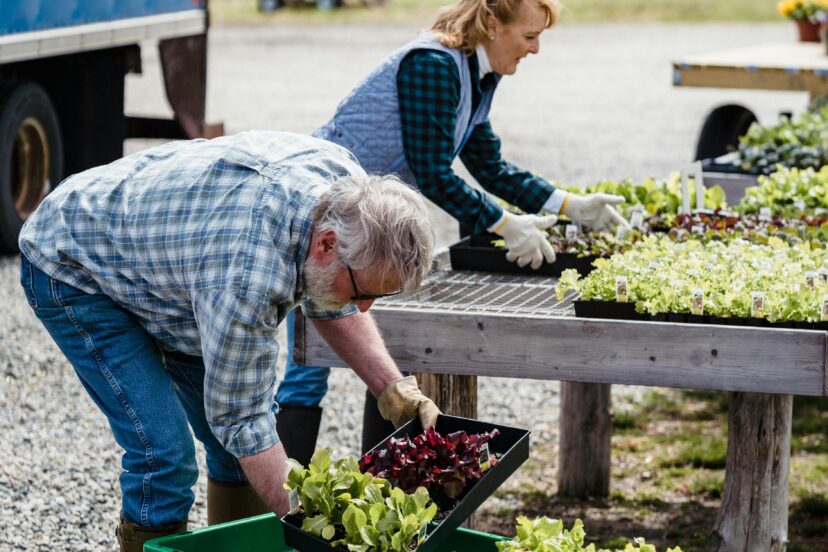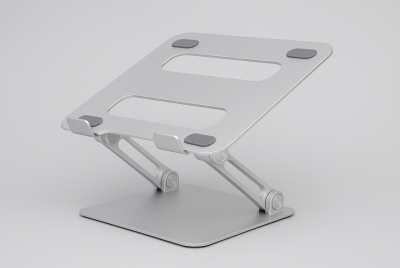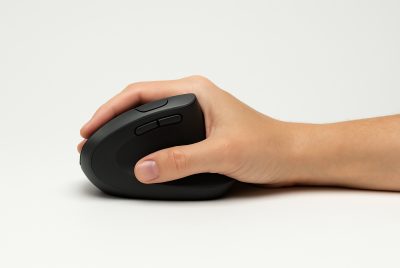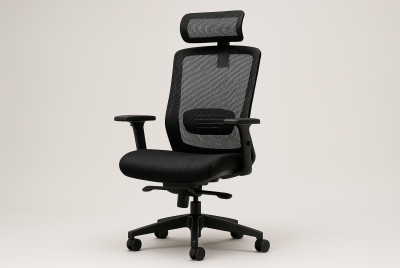Ergonomic Gardening: 10 Tools and Tips To Save Your Back
We may earn a commission for purchases made using our links. Please see our disclosure to learn more.
Gardening is a joy and it’s so satisfying. Digging into the earth, growing your own food, or simply nurturing plants. But the truth is, traditional gardening can be brutal on your back. Ever stood up after a long weeding session? It felt like you’ve aged ten years, right? That’s where Ergonomic Gardening swoops in like a superhero with a garden fork. It makes your gardening better and more comfortable.
In this guide, we’ll explore the tools and techniques that make gardening easier on your body—especially your back. Ready to dig into a more comfortable gardening experience? Let’s go!
What Is Ergonomic Gardening, Really?
Think of Ergonomic Gardening as gardening that loves your body back. It’s about using tools and techniques designed to reduce strain, improve posture, and make your green-thumb time both productive and pain-free.
Why Traditional Gardening Hurts Your Back
Ever tried planting seeds while hunched over for an hour? That’s a one-way ticket to back pain city. Repetitive bending, kneeling, and lifting strain muscles, compress the spine, and can even lead to chronic injury. Ergonomic gardening breaks that cycle.
10 Ergonomic Gardening Tips to Protect Your Back
Tip #1: Use Raised Garden Beds
Raised beds bring the garden up to you. You’re no longer stooping or kneeling like a medieval peasant. Whether you build them waist-high or set up tall planters, they’re back-savers that still deliver a full harvest.
Tip #2: Invest in a Garden Kneeler with Handles
A garden kneeler is like a trusty sidekick for your knees and spine. It offers cushioned support when you must get low, and the side handles help you stand up without straining. Bonus: Flip it over, and it turns into a seat. Handy, right?
Tip #3: Break Big Jobs into Short Sessions
Instead of turning your weekend into a marathon of mulch and misery, try 20-minute blocks of work. Rest in between. Your back—and your energy—will thank you.
Tip #4: Stretch Before You Garden
Yes, stretch! Gardening is physical work. A few simple back, shoulder, and hamstring stretches can prep your body just like a warm-up before a workout.
Tip #5: Choose the Right Time of Day
Gardening in the heat of the day is a double whammy—back pain and heat exhaustion. Try early mornings or late afternoons when it’s cooler, and your body is less likely to overheat.
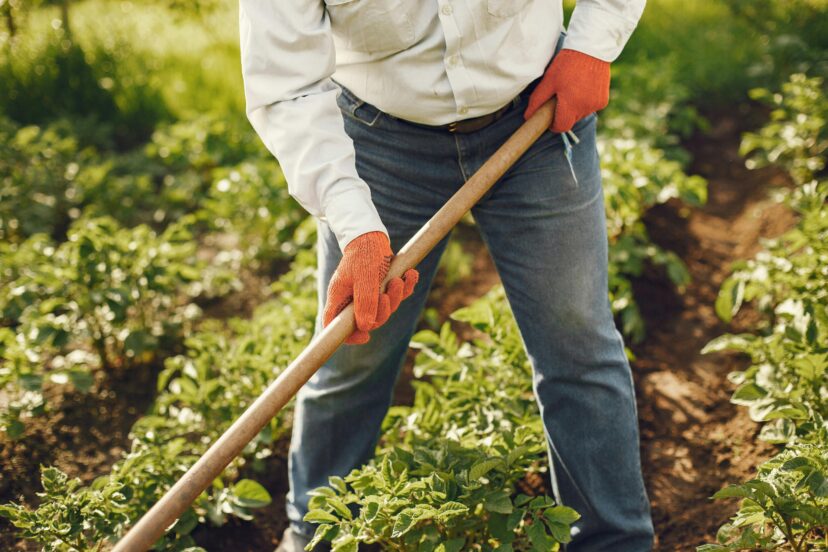
Tip #6: Keep Tools Within Reach
Use a gardening apron or tool belt to keep your essentials close. Constant reaching or walking back and forth adds up—every small strain builds into bigger pain.
Tip #7: Use Mulch to Reduce Weeding
Less weeding = less bending. A good layer of mulch suppresses weeds, retains moisture, and improves soil. Think of it as giving your garden a cozy blanket—and your back a day off.
Tip #8: Hydrate and Take Breaks
Just like a plant, you need water too! Staying hydrated keeps your joints lubricated and your muscles relaxed. Take breaks, sip water, and rest your spine.
Tip #9: Master Smart Lifting Techniques
When you do lift, use your legs, not your back. Bend your knees, keep your spine straight, and lift close to your body. It’s not a gym deadlift, but proper form matters here too.
Tip #10: Create a Comfortable Gardening Setup
Design your space with comfort in mind. Keep pathways clear, organize tools neatly, and plan your beds with accessibility in mind. Gardening should feel peaceful, not like a battlefield.
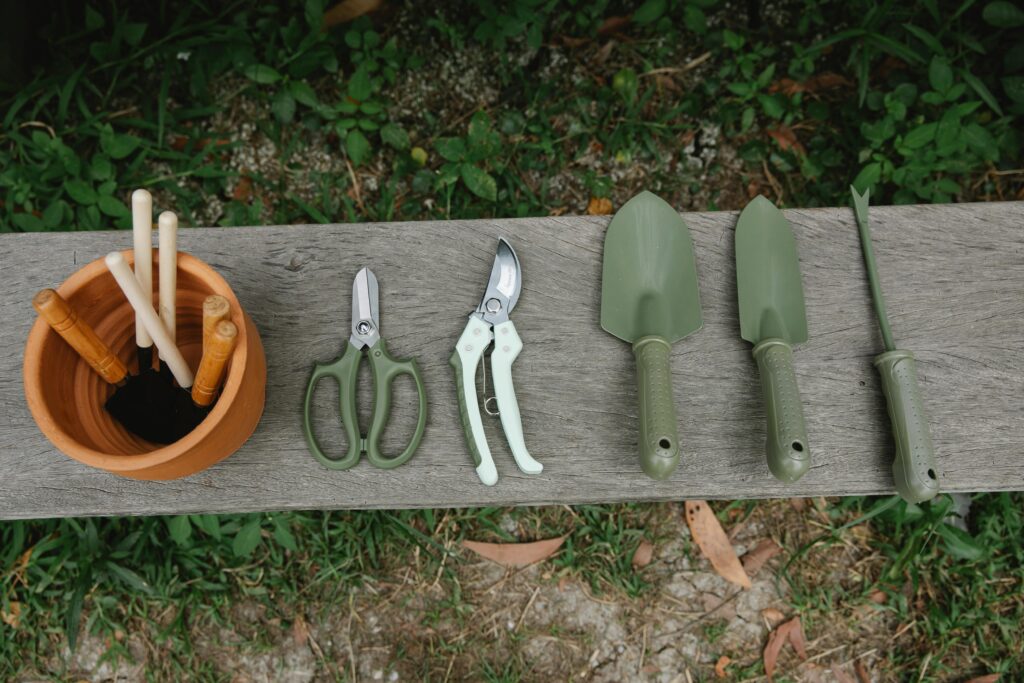
10 Ergonomic Gardening Tools to Make Life Easier
Tool #1: Long-Handled Weeder
Why bend if you don’t have to? A long-handled weeder lets you pop out dandelions like a pro—while standing. It’s like using chopsticks for weeds, and it’s oddly satisfying.
Tool #2: Ergonomic Pruners
Standard pruners can twist your wrist and stress your hands. Ergonomic pruners are designed with soft grips and angled blades to keep your wrist in a natural position. It’s like wearing sneakers instead of stilettos—for your hands.
Tool #3: Rolling Garden Stool
Imagine gliding between plants like a gardener on wheels. A rolling stool saves your back from squatting and your knees from the cold, hard ground. Many come with built-in tool trays—gardeners on the move!
Tool #4: Ergonomic Trowel
Ergonomic trowels have curved handles and padded grips. They reduce wrist twisting and distribute force more evenly. Think of them as the luxury car of hand tools—sleek, comfortable, and built for performance.
Tool #5: Garden Cart with Wheels
Skip the heavy lifting. A wheeled cart lets you haul soil, compost, or plants without becoming a human forklift. Your back deserves a break from carrying 40-pound bags of dirt!
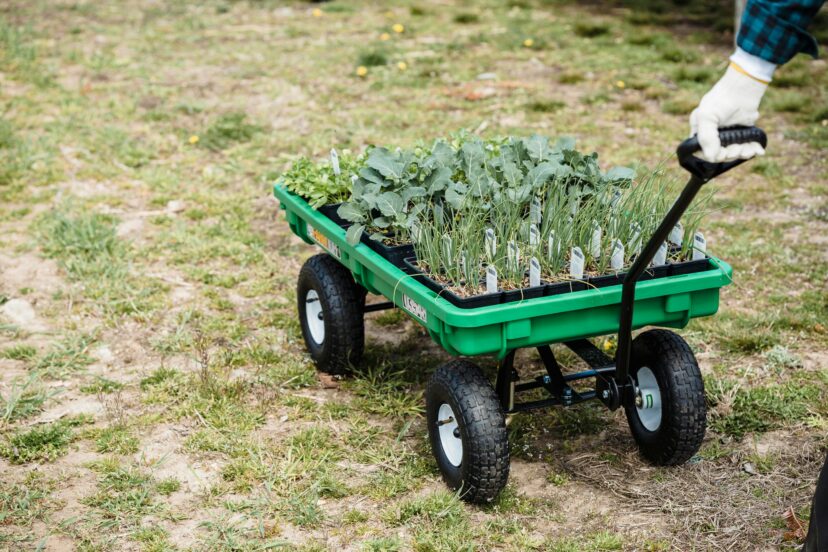
Tool #6: Adjustable Rake
Rakes with telescoping handles allow you to work without reaching too far or bending awkwardly. Just adjust the handle to your height. No more pretending to be Gumby while cleaning up leaves.
Tool #7: Ergonomic Garden Gloves
Good gloves do more than protect you from thorns—they cushion your hands and reduce grip strain. Choose gloves with padded palms and breathable materials so you’re not gardening with sweaty hands.
Tool #8: Lightweight Hose with Reel
Dragging a heavy garden hose around the yard is exhausting. Opt for a lightweight version with a reel to make watering effortless. You’ll feel like a gardening ninja instead of a tangled mess.
Tool #9: Self-Watering Planters
These are a dream come true for your back. No more bending over with a watering can every day. They keep plants hydrated for days, saving time, energy, and stress.
Tool #10: Ergonomic Digging Fork
Regular forks are hard on the wrists and shoulders. Ergonomic versions have curved handles and wide grips to reduce effort. You’ll move compost like a breeze instead of breaking your back.
Bonus Tip: Listen to Your Body
Pain is not a badge of honor. If your back hurts, stop. Change positions, rest, or try another tool. Gardening should be joyful, not punishing.
Science Backs Ergonomic Gardening Tools
Research highlights just how essential ergonomics are in the garden. A study on gardening and physical health published in the International Journal of Environmental Research and Public Health reveals that while gardening offers moderate physical activity, repetitive tasks often contribute to back discomfort—especially among older adults. Complementing this, an ergonomic evaluation of garden tool handles in Applied Ergonomics confirmed that tools with specially designed handles significantly reduce muscle strain and improve comfort during use. Together, these studies make a compelling case for investing in ergonomic gardening tools that support posture and reduce the risk of injury.
Final Thoughts
Ergonomic Gardening isn’t just a trend—it’s a smarter, healthier way to enjoy what you love. By using the right ergonomic garden tools and taking care of your body, you can garden longer, with less pain and more joy. So the next time you head out to your backyard paradise, bring your ergonomic A-game. Your back will be singing your praises!
FAQs
1. What is the best gardening position for my back?
Standing upright or sitting on a stool with a straight spine is best. Avoid constant bending or twisting. Use tools that allow you to stay in a comfortable posture.
2. Are raised beds worth the investment for ergonomic gardening?
Absolutely. Raised beds reduce bending and allow you to garden at waist or chest height, saving your back from unnecessary strain.
3. How do I know if a tool is ergonomic?
Look for padded, curved, or angled handles, adjustable length, and lightweight materials. If it feels natural and easy to grip, it’s probably ergonomic.
4. Can I still do heavy gardening tasks with back pain?
With care, yes—but only with the right tools and proper technique. Use carts, smart lifting, and break big tasks into manageable chunks. Pay attention to your body at all times.
5. When gardening, how many times should I take breaks?
Every 20 to 30 minutes is a good rule. Stretch, hydrate, and check in with your body. Breaks prevent fatigue and long-term injury.

